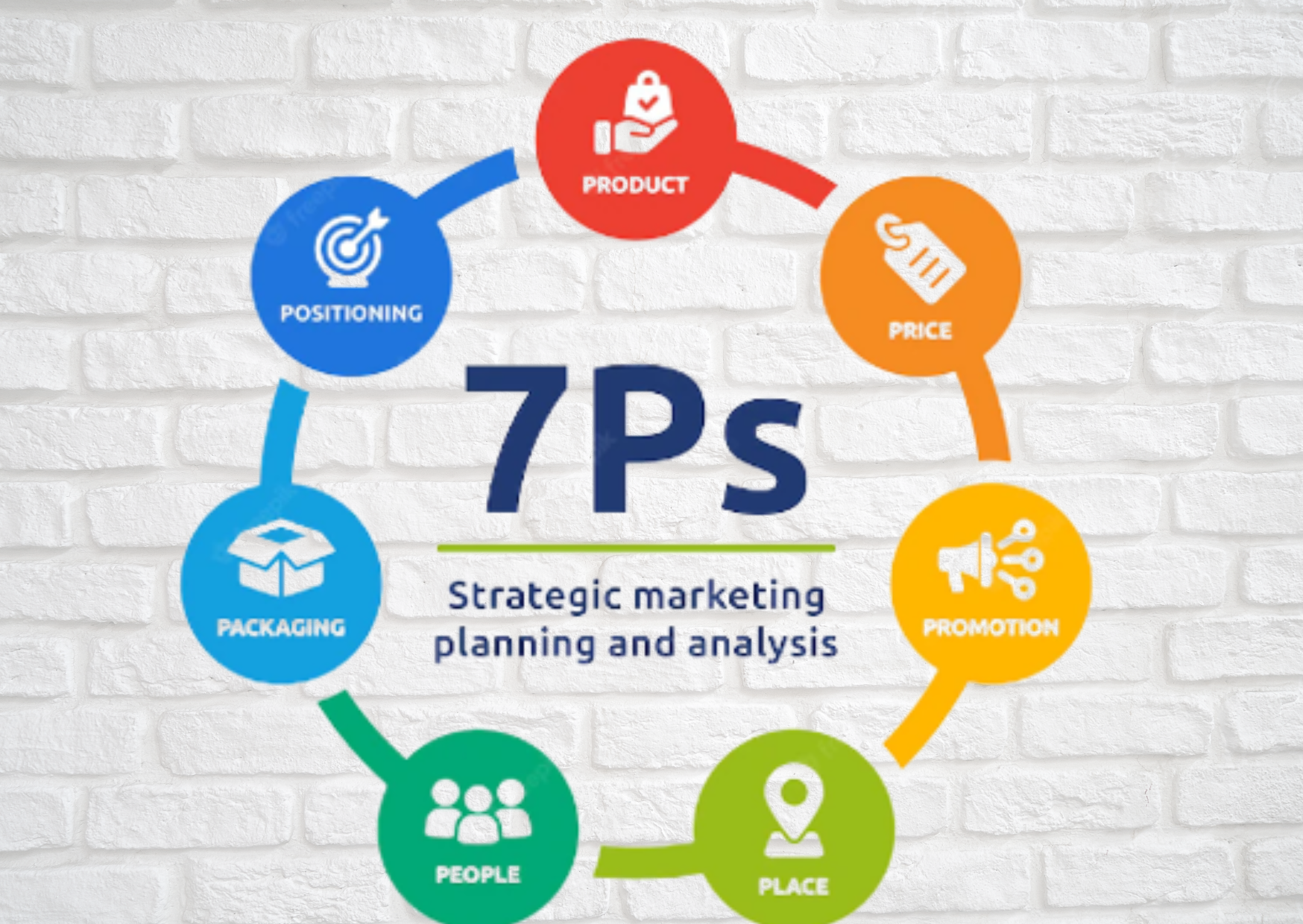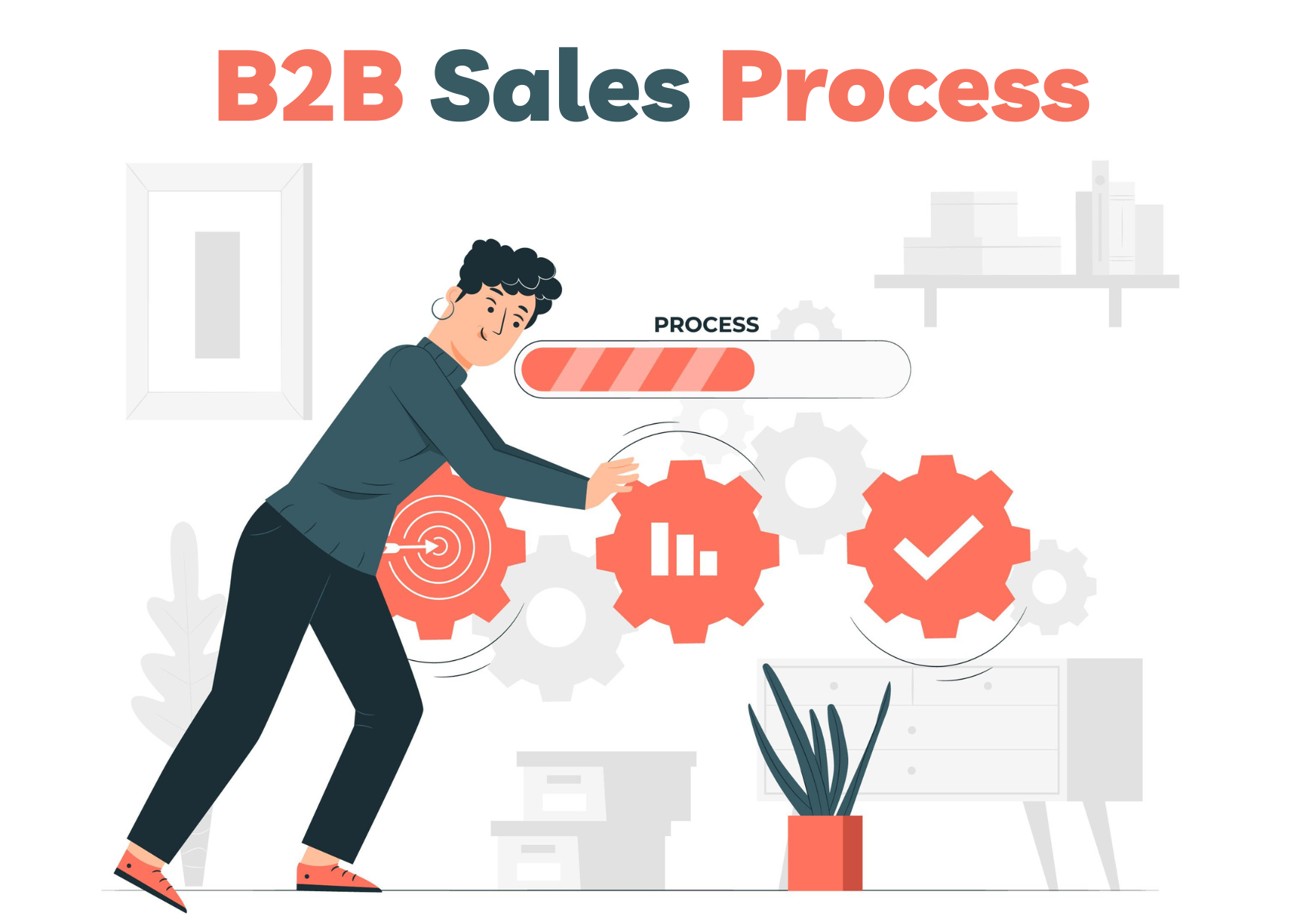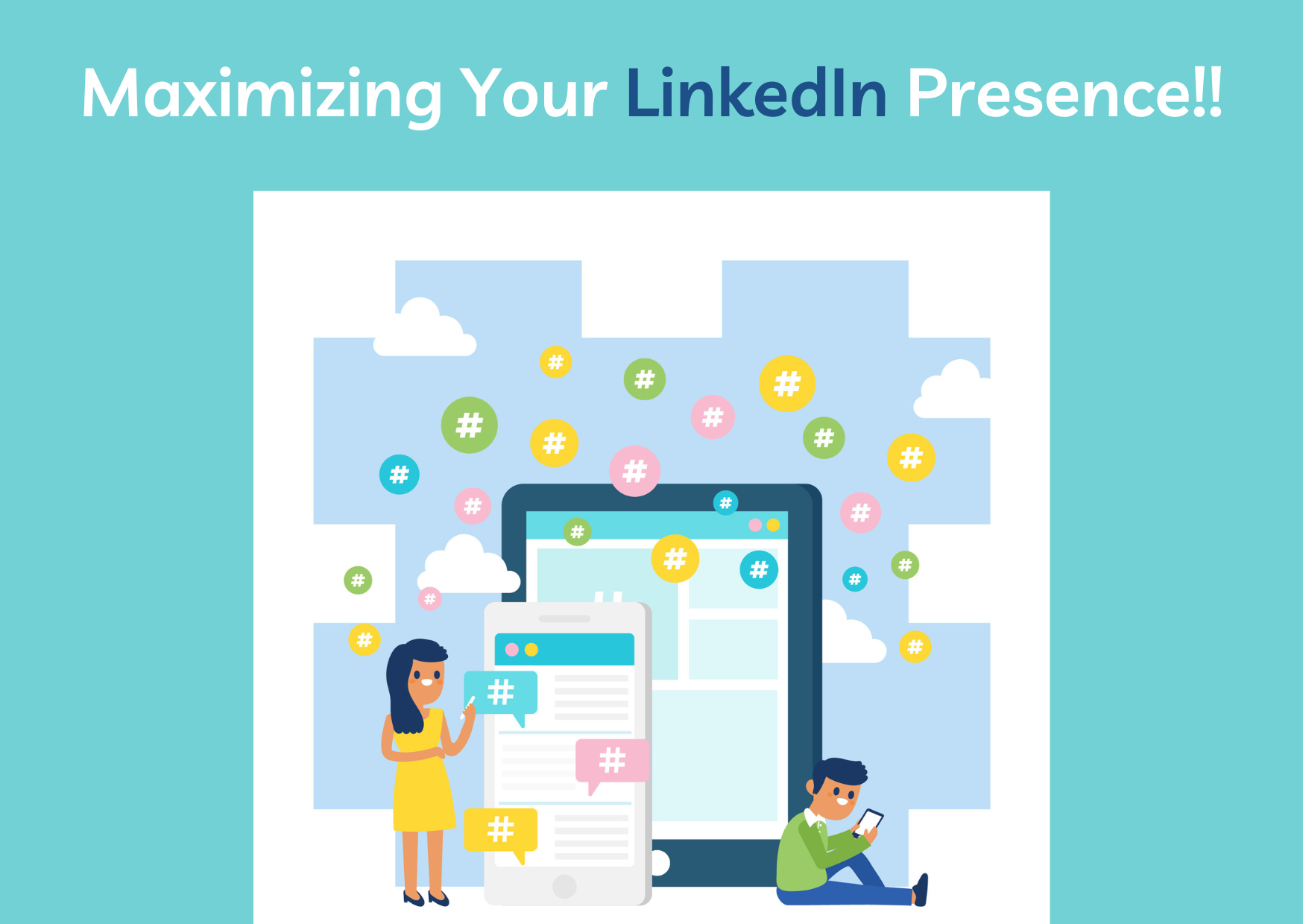To Generate leads for a SaaS (Software as a Service) business can be a challenging task. But it is an essential part of growing and scaling the business. SaaS businesses typically rely on a subscription model, where customers pay a recurring fee to use the software.
In order to generate leads, SaaS businesses need to effectively showcase the benefits of their software and convince potential customers to sign up for a free demo.
How To Generate Leads For SaaS?
Here are some simple and effective ways to generate leads for your SaaS business:
Create a website:
Having a professional and user-friendly website is crucial for generating leads for your SaaS business. Your website should clearly explain what your SaaS does, its features, and how it can benefit potential customers. It should also include a CTA that encourages visitors to sign up for a free demo.
Use social media:
Social media platforms can be a powerful tool for generating leads for your SaaS business. Use LinkedIn to showcase the features of your SaaS and engage with potential customers. You can also use paid advertising on social media to target specific audiences and drive traffic to your website.
Network and attend events:
Networking and attending industry events can help you connect with potential customers and generate leads for your SaaS business. Attend conferences, meetups, and other events relevant to your SaaS.
Offer free demos:
Offering free demos of your SaaS can be an effective way to generate leads. Free trials allow potential customers to try out your SaaS and see if it meets their needs. While demos give them a personalized walkthrough of the features and benefits of your SaaS.
Use content marketing:
Content marketing is a strategic approach to creating and distributing valuable, and relevant content to attract and retain a clearly defined audience.
For SaaS businesses, this could include creating blog posts, videos, infographics, and other content that showcases the features of your SaaS and addresses common questions of potential customers.
Optimize for search engines:
In order for potential customers to find your SaaS, it is important to optimize your website for search engines. This includes using keywords relevant to your SaaS and its features in your website’s content and meta tags, as well as obtaining high-quality backlinks from other websites.
This can help improve your website’s visibility in search engine results and drive more traffic to your site.
Offer incentives:
Offering incentives, such as discounts or free upgrades, can be an effective way to generate leads for your SaaS business. For example, you could offer a discount on the first month’s subscription for new customers.
Collaborate with other businesses:
Collaborating with other businesses or influencers in your industry can be a great way to generate leads for your SaaS business. This can help introduce your SaaS to a new audience and generate leads.
Use email marketing:
By collecting email addresses from potential customers and sending them regular newsletters or promotional emails, you can keep your SaaS top of mind and encourage them to sign up for a free demo.
Track and analyze your results:
It is important to track and analyze your results. This can help you identify which lead generation strategies are working and which ones are not, and make adjustments as needed.
By tracking your results, you can continually improve your lead generation efforts and grow your customer base.
Bottom Line
In conclusion, generating leads for a SaaS business requires a strategic and multi-faceted approach. By creating a professional website, using social media, networking and attending events, offering free trials or demos, and using content marketing, you can effectively generate leads for your SaaS business and grow your customer base.
How To Generate Leads
How To Generate Leads For Saas
Lead Generation
Lead Generation Strategy





